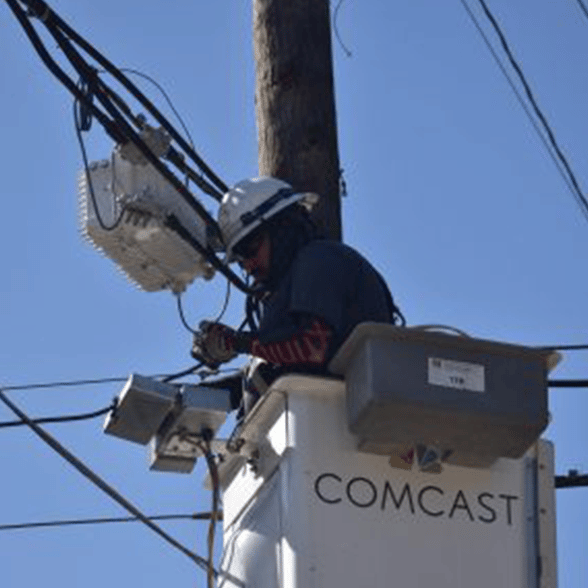The stock market already doesn’t care whether pay-TV providers lose video customers – and they’re beginning not to care whether content providers lose those customers, either, according to financial analysts at MoffettNathanson Research.
It’s no secret that pay-TV providers have better profit margins on broadband than on video services – and if customers switch from a traditional pay-TV offering to an over-the-top option delivered over a broadband connection, they may need a faster speed connection, which may further boost margins.
“For cable operators, the thesis that video losses are actually good for the business – at least up to a point – is actually true, if only because the economics of delivering video [have] deteriorated so severely over the prior decade,” the researchers wrote.
The thinking behind why losing pay-TV customers isn’t bad for content providers, either, is based on the notion that the providers will simply shift content to subscription video on demand (SVOD) and advertising supported video on demand (AVOD).
MoffettNathanson isn’t buying that line of thought, noting that for media companies, “it is far from clear that the substitute SVOD and AVOD business can ever replace the lost revenues and profits of the legacy cable networks.”
The researchers note, however, that “If there is a common theme here, it is that the perception of the capital markets seems to be driving the strategies of the operators, not the other way around. Just as cable operators only began ‘letting’ video customers leave after it became clear that the capital markets would reward them for it, so too have the high valuations afforded to SVOD and AVOD strategies given license to media companies to shift their best content to SVOD/AVOD, further accelerating the decline in the traditional cable network bundle. . . Not only does content redirection make the SVOD and AVOD alternatives better and better, it also impoverishes the pay-TV ecosystem, strip mining it of all that is worthy.”
Traditional Pay-TV vs. vMVPD
The comments came from a MoffettNathanson Research note about video cord cutting, which notes that traditional pay-TV subscribers are declining at an annual rate of about 7%. And virtual multi video programming distributor (vMVPD) services, which are essentially traditional pay-TV lineups delivered over a broadband connection, are not making up for those losses.
Although vMVPD services are gaining customers, less than one in three customers who cancel traditional pay-TV replace it with a vMVPD service. The aggregate rate of decline for traditional pay-TV and vMVPD services combined is about 4.4%.
In the cord cutting research note, MoffettNathanson repeat what has become a common theme for the research firm: “What has become increasingly clear is that SVOD and AVOD are simply better mousetraps for a very large number of customers, particularly those who aren’t sports fans,” the researchers note.
Not all pay-TV providers were impacted equally by these trends, however.
The researchers note, for example, that Charter added subscribers in 2020 while Comcast saw video subscribership fall sharply, ending the year with a 6.6% year-over-year decline.
Some of the differences can be explained by “attach rates” to broadband, according to the research note. Although not discussed in the research note, that makes sense, considering that Charter has been deploying broadband to rural areas, where it has been relatively easy to lure people away from satellite video, which previously was their only option.
Charter has said it doesn’t expect its pay-TV subscriber growth to continue but considering the commitment Charter has made to rural broadband deployment through the RDOF program, the company at least may see lower overall subscriber losses in comparison with other pay-TV providers.
As for Comcast’s perspective, the researchers speculate that the company’s strategy may be influenced by its Flex offering, which, according to the MoffettNathanson stock market pay-TV research note, could be a viable competitor to the Roku streaming media device.


